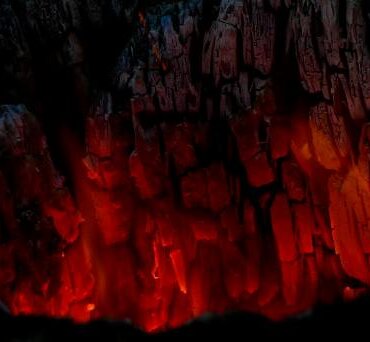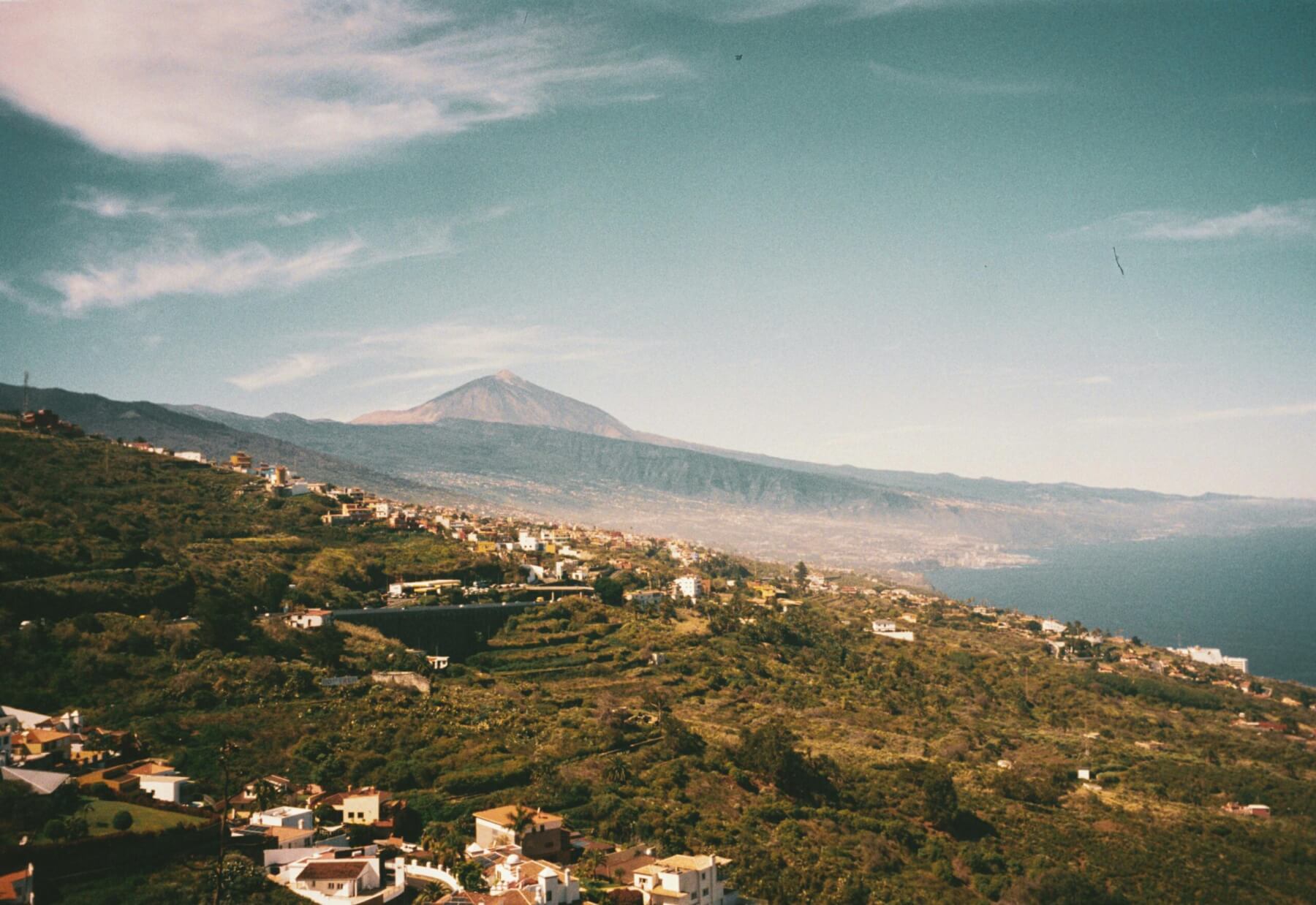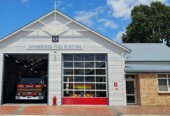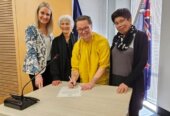
Volcano Crater with Glowing Heat during Night Time
It’s the time of year again when I am spending a month working in the Canary Islands, located offshore northern Africa but part of Spain. I am working with GeoTenerife for the third year, a group dedicated to addressing local geological challenges—most notably, helping communities prepare for future volcanic activity.

Coastal Town Near Teide Volcano on Tenerife in Spain. Photo: Telofilmo, pexels.com
One of the most rewarding aspects of this work is mentoring students and watching them grow into experts. I learn just as much from them as they do from the experience. They go on to become the experts in their fields, pushing the boundaries of science in volcanology and other fields.
This year, I’m working alongside Ethan Hamilton, a Master’s student from Ireland who interned with the program two years ago. Now, he’s researching explosive eruptions from Tenerife’s complex volcanic past.

Janine Krippner
While the most likely future eruption here would be relatively small—producing lava flows, volcanic ash, and maybe a new scoria cone (similar to what we could see in Auckland’s volcanic field)—it’s important to also understand the larger, more explosive eruptions and their potential impacts.
Ethan’s work provides a great opportunity to share what this type of research involves. He’s been traveling around the island documenting pumice deposits—light, porous volcanic rocks formed during explosive eruptions like we see around Taupō and Rotorua—from dozens of past events.
To start, he has driven around the island and found outcrops – places like roadcuts where the deposit is exposed at the surface. Once he finds them, he takes samples to analyse back home in the laboratory at Durham University, and he spends time at each location taking careful notes on what he sees.
He uncovers clues given by the thickness of the deposits across the region, the patterns and variations within the deposit, and how different deposits relate to others across the landscape.
Ethan also studies the pumice clasts themselves, examining their size, shape, and the number of gas bubbles trapped as magma rose and exploded. He also notes the minerals that formed as the magma cooled, all of which reveal details about eruption dynamics.
Mixed within the pumice are lithics—fragments of older rock torn from the volcanic conduit or surrounding land during the violent eruptions. These usually appear as darker chunks within the lighter pumice and can include bits of older lava flows or deeper rocks like granite, which formed as magma cooled underground. The types and quantity of lithics offer insights into the eruption’s violence and the landscape it passed through.
The relationships between different deposits—for example, one sitting on top of another—help reveal the island’s volcanic history. But pumice fall deposits are tricky: they come from ash plumes carried by wind, so they’re not evenly distributed and may be missing from some areas due to erosion.
Through this detailed work, Ethan aims to build a more complete eruption history of Tenerife, just like volcanologists do across our own volcanic landscapes. Understanding this history is essential for forecasting future volcanic behavior and preparing communities for what may come.








